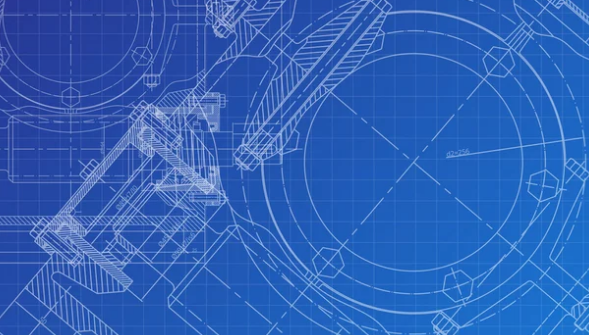Nuclear energy is not just a local endeavor—it is a global industry shaped by international collaboration, technological innovation, and diverse national strategies. From Asia’s rapid nuclear expansion to Europe’s cautious modernization, engineering has become the bridge that connects energy demand, sustainability goals, and safety requirements across continents.
This article explores how nuclear projects are engineered and managed across different regions, highlighting the contrasting approaches of Asia and Europe, and the shared lessons that guide the future of nuclear power worldwide.
Asia: Rapid Growth and Innovation
Asia has become the epicenter of nuclear development. Driven by soaring energy demand and the need for low-carbon power, countries such as China, India, South Korea, and Japan have invested heavily in nuclear projects.
China: Leading the Charge
China operates one of the largest nuclear programs in the world. Its engineers are rapidly building new reactors, focusing on both conventional pressurized water reactors and advanced designs such as high-temperature gas-cooled reactors (HTGRs). Chinese projects emphasize scalability, local manufacturing, and international exports, positioning the country as a global leader.
India: Balancing Resources and Technology
India’s nuclear sector is unique because it leans heavily on thorium, a resource the country has in abundance. Engineering teams are working on advanced heavy water reactors (AHWRs) and fast breeder reactors to maximize fuel efficiency and reduce waste, while strengthening India’s energy independence.
South Korea: Exporting Expertise
South Korea is not just expanding its domestic nuclear fleet but also exporting its engineering expertise. The successful construction of the Barakah Nuclear Power Plant in the United Arab Emirates (UAE) has showcased South Korea’s ability to deliver large-scale international nuclear projects on time and within budget.
Japan: Reinventing After Fukushima
Following the 2011 Fukushima disaster, Japan has redefined its nuclear strategy. Engineers have developed new safety systems, seismic-resistant technologies, and regulatory frameworks that emphasize disaster resilience and public trust.
Europe: Modernization and Sustainability
Europe’s nuclear projects are characterized by modernization and cautious expansion. With strong environmental regulations and high public scrutiny, European nations focus on sustainability, safety, and integration with renewable energy.
France: A Nuclear Backbone
France relies on nuclear energy for over 70% of its electricity. Engineering efforts are centered on maintaining and modernizing its aging reactor fleet while investing in next-generation European Pressurized Reactors (EPRs). France also leads in nuclear waste management research, including deep geological repositories.
United Kingdom: New Builds and Challenges
The UK is investing in new nuclear builds, including the high-profile Hinkley Point C project. Engineers face challenges related to cost overruns, timelines, and balancing nuclear with renewables, but the focus remains on securing long-term, low-carbon power.
Germany: The Phase-Out Approach
Germany has chosen to phase out nuclear power altogether. Engineers have shifted focus to safely decommissioning reactors, managing radioactive waste, and repurposing nuclear sites for other uses, all while compensating for energy gaps with renewables and imports.
Eastern Europe: Expanding Capabilities
Countries like Poland, Hungary, and the Czech Republic are embracing nuclear power to reduce coal dependence. With engineering partnerships from the U.S., France, and South Korea, Eastern Europe is building the infrastructure necessary to integrate nuclear into its energy mix.
Shared Engineering Challenges and Solutions
Despite regional differences, nuclear projects worldwide face common engineering challenges:
- Safety and Risk Management: Passive safety systems, seismic-resistant designs, and robust emergency preparedness are universal engineering priorities.
- Waste Management: From Finland’s Onkalo repository to experimental transmutation projects, engineers are working on global solutions for long-term radioactive waste storage.
- Public Trust: Transparent communication and strict regulation are critical for maintaining public confidence in nuclear projects.
- Integration with Renewables: Engineers are designing nuclear systems that complement wind, solar, and hydro, ensuring stable and flexible energy grids.
The Future of Global Nuclear Engineering
The future of nuclear power lies in collaboration. Asia’s rapid expansion provides lessons in scalability and innovation, while Europe’s sustainability focus sets the benchmark for environmental responsibility. Engineers worldwide are increasingly working together, sharing technologies and best practices to build safer, cleaner, and more efficient nuclear systems.
As nations strive for carbon neutrality, nuclear energy will continue to play a critical role. Whether in Asia’s bustling megacities or Europe’s carefully balanced energy systems, engineering will remain the invisible force shaping nuclear projects—and, by extension, the future of global energy.
Also Read :
